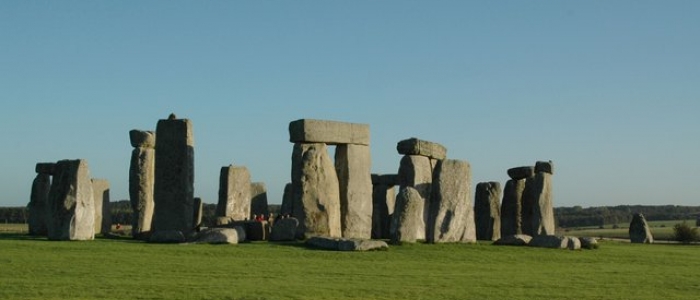
Stonehenge
Scheduling

Dr Mike Heyworth is the Director of the Council for British Archaeology. He has worked for the CBA in various roles since 1990 and was awarded an MBE for services to heritage in 2007.
Scheduling is vital for protecting nationally important archaeological sites.
What is scheduling?
Scheduling is the process of giving legal protection to archaeological sites via a list (schedule) of nationally important monuments.
The Ancient Monuments and Archaeological Areas Act 1979 is the relevant current legislation which requires authorities in England, Scotland and Wales to compile and maintain the schedule in their area. Historic England, Historic Scotland and Cadw are the respective organisations who fulfill this role for government ministers.
Types of heritage asset that can be scheduled
To be scheduled, a monument must be deemed to be of national importance. Each of the organisations responsible for scheduling have criteria for assessment which can be found on their websites. See Where to find out more, below.
A monument, by the Ancient Monuments and Archaeological Areas Act 1979, is defined as:
• any building, structure or work, whether above or below the surface of the land, and any cave or excavation;
• any site comprising the remains of any such building, structure or work or of any cave or excavation; and
• any site comprising, or comprising the remains of, any vehicle, vessel, aircraft or other movable structure or part thereof which neither constitutes nor forms part of any work which is a monument within paragraph (a) above;
• and any machinery attached to a monument shall be regarded as part of the monument if it could not be detached without being dismantled.
It also excludes buildings in use as dwellings or as ecclesiastical buildings.
This definition means that monuments must be deliberately created and evidence of their existence must remain, but otherwise they are a varied group. They do not have to be ancient, with scheduled examples from the twentieth century, such as war defenses. They do not have to be visible on the surface, as some are known through excavation only, but this does not mean structures are excluded – castles, abbeys, dovecotes and colliery fixtures have all been scheduled.
The protection Scheduling brings
Once a monument is scheduled, its national importance is legally recognised and the monument receives protection.
Scheduled monuments require consent, granted by Historic England, Cadw or Historic Scotland as agents of government ministers, for work which may damage or alter the monument in any way.
It is an offence to carry out work without Scheduled Monument Consent, and therefore the monuments are protected from the effects of human intervention.
The difference between scheduling and listing
While it is possible for a site to be both a Scheduled Monument and a Listed Building, there are distinct differences between the two designations.
Designation of a Scheduled Monument is usually given to sites with minimal economic viability: those with no potential for a new use. Listed Building status is only given to above ground structures, meaning Scheduling is the only legal protection available to archaeological sites. There is no grading system for Scheduled Monuments, but Listed Buildings are split into Grades I, II, and II*.
In terms of works to the assets, Listed Building Consent and Scheduled Monument Consent control their respective protection. Where a structure is both listed and scheduled, Scheduled Monument Consent takes precedent and Listed Building Consent is not required. These two procedures differ in that local authorities grant Listed Building Consent with a statutory process for consultation, whereas Scheduled Monument Consent is granted by Historic England, Cadw or Historic Scotland and there is no legal requirement for a consultation process.
Unlike Listing, Scheduling is not a statutory process, ie archaeological sites of national importance do not by law have to be Scheduled, and many are instead protected via the planning system and through management agreements.
For information relevant to each country:
England - Historic England
https://historicengland.org.uk/listing/what-is-designation/scheduled-monuments/
Scotland - Historic Scotland,
http://www.historic-scotland.gov.uk/index/heritage/searchmonuments.htm
Wales - Cadw
http://cadw.wales.gov.uk/historicenvironment/protection/monuments/?lang=en
Legislation and Policy:
Ancient Monuments and Archaeological Areas Act 1979
http://www.legislation.gov.uk/ukpga/1979/46
DCMS policy statement
http://www.culture.gov.uk/what_we_do/historic_environment/4171.aspx
Search lists of Scheduled Monuments
England
https://historicengland.org.uk/listing/the-list/
Scotland
http://data.historic-scotland.gov.uk/pls/htmldb/f?p=2300:10:0
Wales does not currently have an online search for Scheduled Monuments